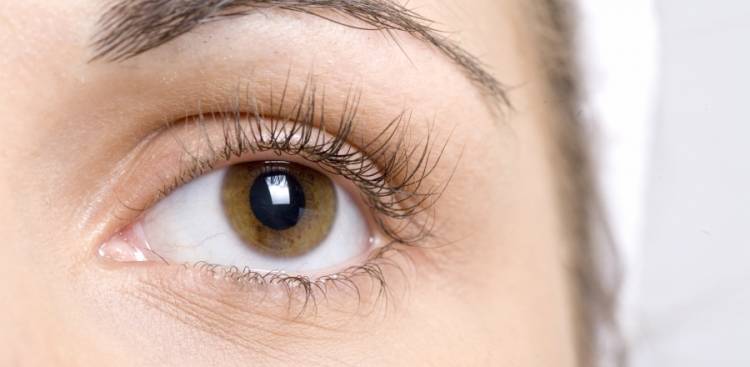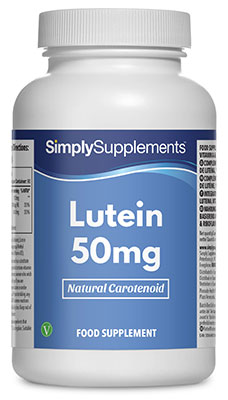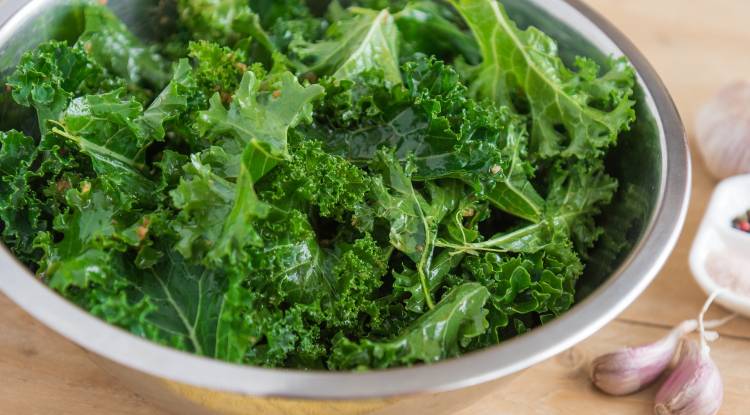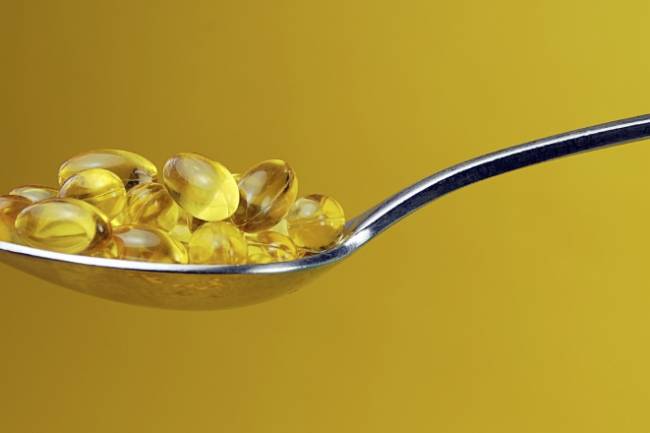Look Into Your Eyes: Common Eye Problems

Studying the eyes can reveal a lot about your health. Simply by looking in the mirror, you can detect certain nutritional deficiencies or health conditions such as high cholesterol levels.
The most effective way to defend against the progression of common eye problems is to eat a diet rich in colour.
Yellow, green, red and blue fruits and vegetables are great sources of vitamins and minerals which play central roles in the maintenance of healthy eyes.
Your eyes should appear clear and bright, with a slight moistness.
Check the mirror for the following symptoms to find out how to combat common eye problems.
Bloodshot Eyes
When blood vessels under the surface of the eye become inflamed or burst, they can appear red and bloodshot. This may be caused by high blood pressure, tiredness or excess strain on the eye, or it may point to a deficiency in certain B vitamins, particularly vitamins B2 and B6.
Bloodshot eyes may also be caused by an inadequate intake of some amino acids from protein.
Steps to take: Try to get more protein in your diet, and take a Vitamin B Complex supplement to ensure you get the recommended daily intake of vitamins B2 and B6.
Bags Under the Eyes
The appearance of dark bags under the eyes can simply be part of the ageing process. As the skin gets older, it loses its firmness and elasticity which can cause it to sag and form bag like shapes under the eyes. However, these bags could also be a sign that you are tired or fatigued.
Steps to take: Try to settle into a regular night time routine that enables you to get adequate rest and sleep. Limit your use of technology directly before bed because the blue light emitted by television and computer screens can prevent the production of the sleep hormone melatonin.
Dry Eyes
The eyes often become dry if your job involves looking at a computer for long periods of time or if you wear contact lenses. Additionally, dry eyes can be a sign that your body is not getting enough omega 3 and 6 essential fatty acids.
Steps to take: Try taking a fish oil supplement to provide extra levels of omega 3 and 6 essential fatty acids, particularly if you don't eat a lot of oily fish. Also take regular breaks away from computers, phones and TV.
Grey Ring Around the Cornea
Arcus senillis causes a grey arc to appear above or below the cornea (the coloured part of the eye) or as a complete ring around the edge. The arc shouldn't affect vision, but it is often caused by seriously high cholesterol and triglyceride levels.
Steps to take: First get your blood lipid levels checked by a GP to determine your risk of heart disease. Regular exercise and a healthy diet are two of the most effective ways to lower high cholesterol levels, but if you need any additional support plant sterols can also be beneficial.
Cloudy Patches
A cloudy patch behind the lens is known as a cataract. These are fairly common in older adults due to the natural ageing process. However, in younger adults cataracts can be a sign of diabetes or a reaction to certain medications.
Steps to take: A combination of omega 3 fatty acids, zinc and vitamins A, C and E have been shown to reduce the progression of cataracts. There is some evidence to suggest that diets high in carbs may increase risk.
Small Yellow Bumps on Eyelids
Flat patches of small yellowy lumps on the lids of the eyes are known as xanthelasma and are often mistaken for sty's. These are fatty deposits and can be a warning sign of high cholesterol. can be mistaken for sty's.
Steps to take: get your cholesterol levels checked by your GP. If high, take steps to lower cholesterol with regular exercise and a Mediterranean style diet. Foods fortified with plant sterols can also be effective in reducing blood fats. If you smoke, try to stop.
Yellowish Eyes
A yellow tint to the whites of the eye often indicates problems with the liver such as cirrhosis or hepatitis. The yellowish colour is caused by a build up of bilirubin which the liver has been unable to process.
Steps to take: Treating jaundice involves adopting a diet and lifestyle to promote healthy liver function.
Your diet should be rich in fruits and vegetables such as wheatgrass, bananas and tomatoes, and try to drink at least 1.2 litres of alcohol per day.
Avoid saturated fats as much as possible, instead opting for the good fats found in fish, avocados and nuts.
Bulging eyes
Bulging eyes can be a family trait which is completely harmless, but if you've recently noticed that the white part between the tops of the iris and the eyelid has become visible it may be an indication of hyperthyroidism.
Steps to take: Bulging eyes are often harmless, but if you've also noticed feelings of fatigue, restlessness, increase in appetite or blurry vision you may have a severe form of hyperthyroidism known as grave's disease.
Check with your GP or optician straight away.
Droopy Eyelids
Droopy eyelids, also known as ptosis, are often caused by weakening of the muscles in the eyelids which is simply a result of the natural ageing process. However, on rare occasions, they can be caused by a neuromuscular disease or a tumour. If severe, the eyes can become dry and irritated.
Steps to take: Ensure you drink lots of fluids and get plenty of sleep. If the condition is interfering with vision, your optician may recommend surgery to lift the eyelids.
Unsymmetrical Pupils
Our pupils should be identical in size and react at the same speed to light. If you notice that one pupil is bigger than the other or that one shrinks more slowly when exposed to light, it may indicate an underlying health problem.
Steps to take: It's best to make an appointment with your optician to check for any indications of underlying health conditions.
Puffy Eyes
Puffy eyes give the whole face a tired and worn down appearance. Common causes of fluid retention and swelling around the eyes are allergies, dehydration and high-sodium consumption.
Steps to take: Drink plenty of water and eat lots of water-rich vegetables such as cucumbers, lettuce and watermelon to avoid dehydration.
Avoid eating processed foods which are high in salt. Instead, flavour food with spices and pepper.
If you notice any changes to your eyes or vision consult with your GP or optician straight away. They will be able to determine if there are any underlying health conditions. If you are looking to top-up your diet with supplements for eye health, there are many options available to you.
Lutein and zeaxanthin are two compounds which are naturally found in the macula of healthy eyes and are popularly taken in supplement form to protect ageing vision, while zinc and vitamins A, C and E are also important for sustained eye health.

 Nicole
Nicole 






















